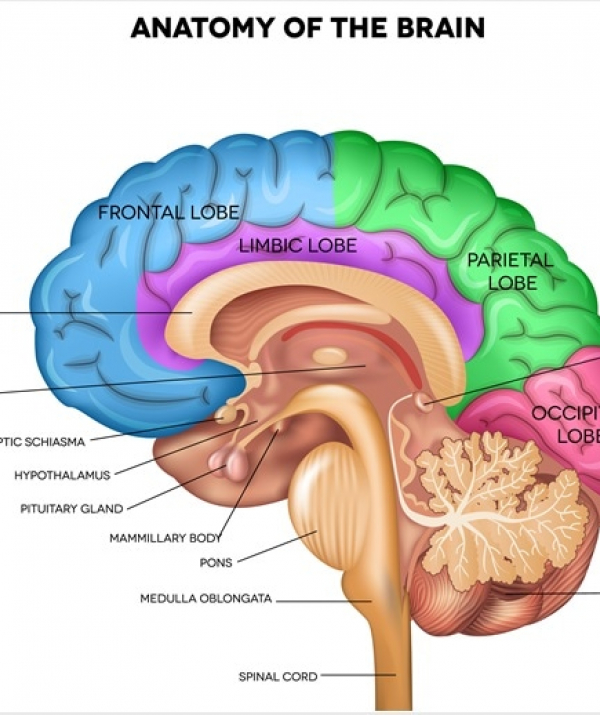Muôn việc thiện chưa đủ, một việc ác đã quá thừa.Tủ sách Rộng Mở Tâm Hồn
Nếu không yêu thương chính mình, bạn không thể yêu thương người khác. Nếu bạn không có từ bi đối với mình, bạn không thể phát triển lòng từ bi đối với người khác.Đức Đạt-lai Lạt-ma XIV
Bạn sẽ không bao giờ hạnh phúc nếu cứ mãi đi tìm những yếu tố cấu thành hạnh phúc. (You will never be happy if you continue to search for what happiness consists of. )Albert Camus
Trong sự tu tập nhẫn nhục, kẻ oán thù là người thầy tốt nhất của ta. (In the practice of tolerance, one's enemy is the best teacher.)Đức Đạt-lai Lạt-ma XIV
Mặc áo cà sa mà không rời bỏ cấu uế, không thành thật khắc kỷ, thà chẳng mặc còn hơn.Kinh Pháp cú (Kệ số 9)
Hành động thiếu tri thức là nguy hiểm, tri thức mà không hành động là vô ích. (Action without knowledge is dangerous, knowledge without action is useless. )Walter Evert Myer
Hào phóng đúng nghĩa với tương lai chính là cống hiến tất cả cho hiện tại. (Real generosity toward the future lies in giving all to the present.)Albert Camus
Dầu mưa bằng tiền vàng, Các dục khó thỏa mãn. Dục đắng nhiều ngọt ít, Biết vậy là bậc trí.Kinh Pháp cú (Kệ số 186)
Chúng ta không làm gì được với quá khứ, và cũng không có khả năng nắm chắc tương lai, nhưng chúng ta có trọn quyền hành động trong hiện tại.Tủ sách Rộng Mở Tâm Hồn
Người trí dù khoảnh khắc kề cận bậc hiền minh, cũng hiểu ngay lý pháp, như lưỡi nếm vị canh.Kinh Pháp Cú - Kệ số 65
Trời không giúp những ai không tự giúp mình. (Heaven never helps the man who will not act. )Sophocles
Trang chủ »» Danh mục »» »» English version »» Six Ways to Boost Blood Flow »»
 Xem Mục lục
Xem Mục lục  Vietnamese || Đối chiếu song ngữ
Vietnamese || Đối chiếu song ngữ

DO NXB LIÊN PHẬT HỘI PHÁT HÀNH
Mua sách qua Amazon sẽ được gửi đến tận nhà - trên toàn nước Mỹ, Canada, Âu châu và Úc châu.
Quý vị đang truy cập từ IP 216.73.216.19 và chưa ghi danh hoặc đăng nhập trên máy tính này. Nếu là thành viên, quý vị chỉ cần đăng nhập một lần duy nhất trên thiết bị truy cập, bằng email và mật khẩu đã chọn.
Chúng tôi khuyến khích việc ghi danh thành viên ,để thuận tiện trong việc chia sẻ thông tin, chia sẻ kinh nghiệm sống giữa các thành viên, đồng thời quý vị cũng sẽ nhận được sự hỗ trợ kỹ thuật từ Ban Quản Trị trong quá trình sử dụng website này.
Việc ghi danh là hoàn toàn miễn phí và tự nguyện.
Ghi danh hoặc đăng nhập